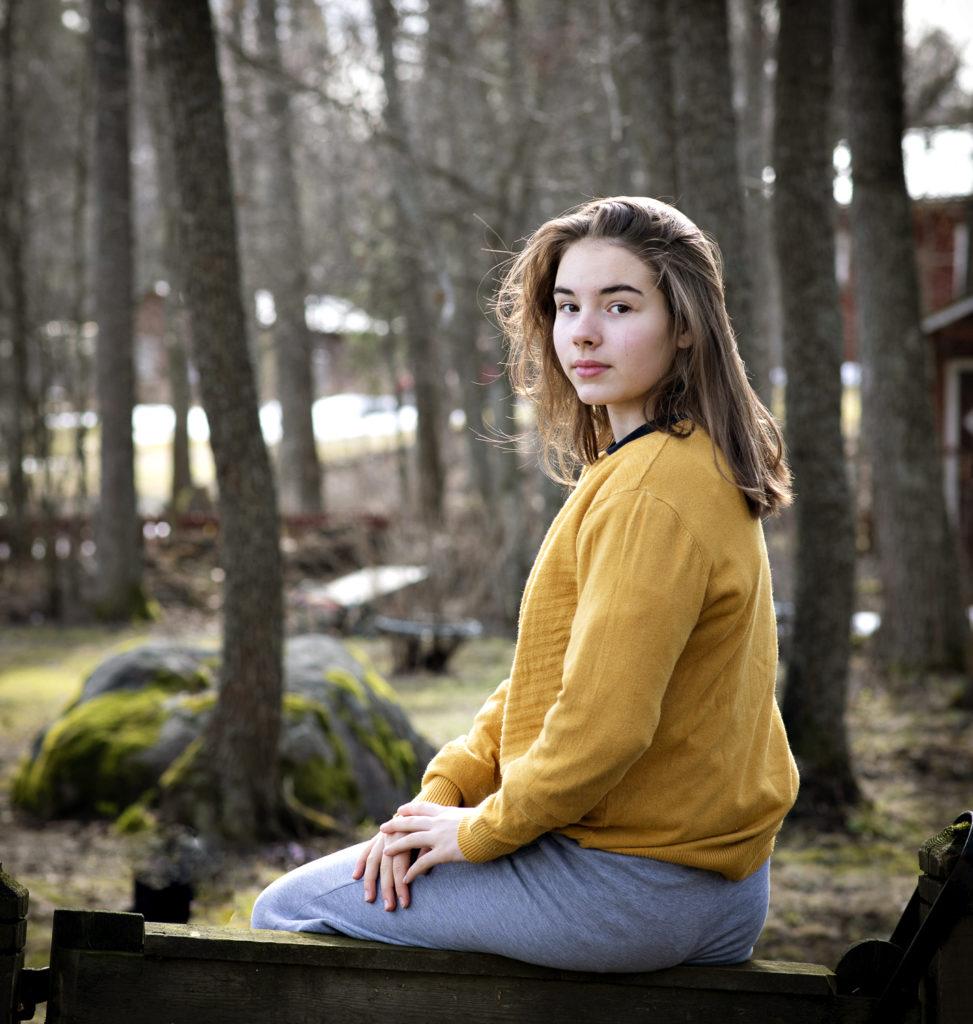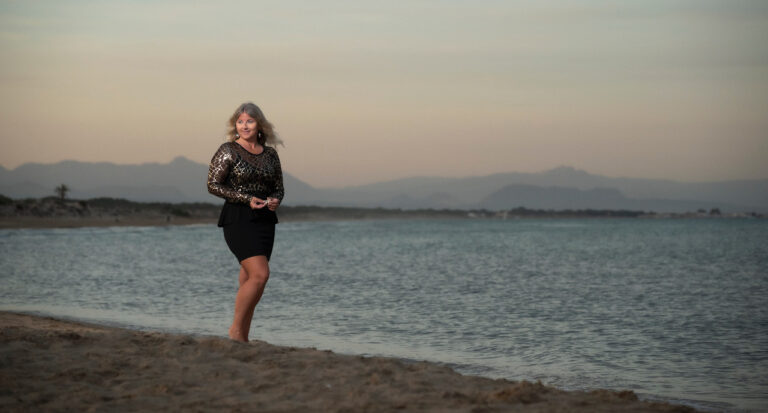
When and why use backlighting?
Backlighting
Contrary to what is often thought, backlighting is not something to be afraid of. Here are my tips on how to succeed.
Backlighting is a subject that is feared in vain. Sunsets are a traditional backlit subject, but also otherwise there’s no need to be afraid of backlighting when shooting landscapes. In landscape photography in particular, backlit photographs are definitely more dynamic than those shot in full dusk.

Backlighting the person
When photographing people in backlight, the light at its best draws the outline of the subject of the highlight nicely, making it stand out against a darker landscape. The light frames the subject, so to speak. If the backlight is bright, there is a risk that the outline will be so light that it will burn out. If the light source is strong (e.g. a picture of a person in sunny weather, against a bright window), it is likely to start “eating” the contours of the model. The light will escape onto the model. There’s nothing you can do about this without additional lighting, so I recommend moving the subject to another location.
Repetition of tones
A file can only repeat a certain number of tones. If the contrast (the difference in darkness between the dark and light ends) is too high, the tones will not be repeated. The light end will burn out or the dark end will have no tones. In this case, additional lighting in the form of a reflector, flash or other light source is needed.

The example photo of the girl was taken without additional light.
It’s good to be aware of the differences in darkness that the camera can reproduce (when shooting on film, the rule of thumb was that all the tones in the image fit within four apertures of each other, so both the dark and light ends of the image would definitely be reproduced). I recommend looking at the histogram of the image for real.
A few words about the histogram

For example, a histogram of a hyacinth image.

A small part of the image (the right-hand side of the histogram) is so light that there are no tones. The spike on the right is due to the sun. The dark end of the image (left side of the histogram) appears to be within the reproduction range of the tones. Overall, a pretty nice tonal range for this type of image. However, if you were to make a big picture of this on a wall, that small light area would be left outside the tone repetition and the image would show a nasty white hole.
Share this Article
More Interesting Posts


Additional light outdoors

Choosing the right location


